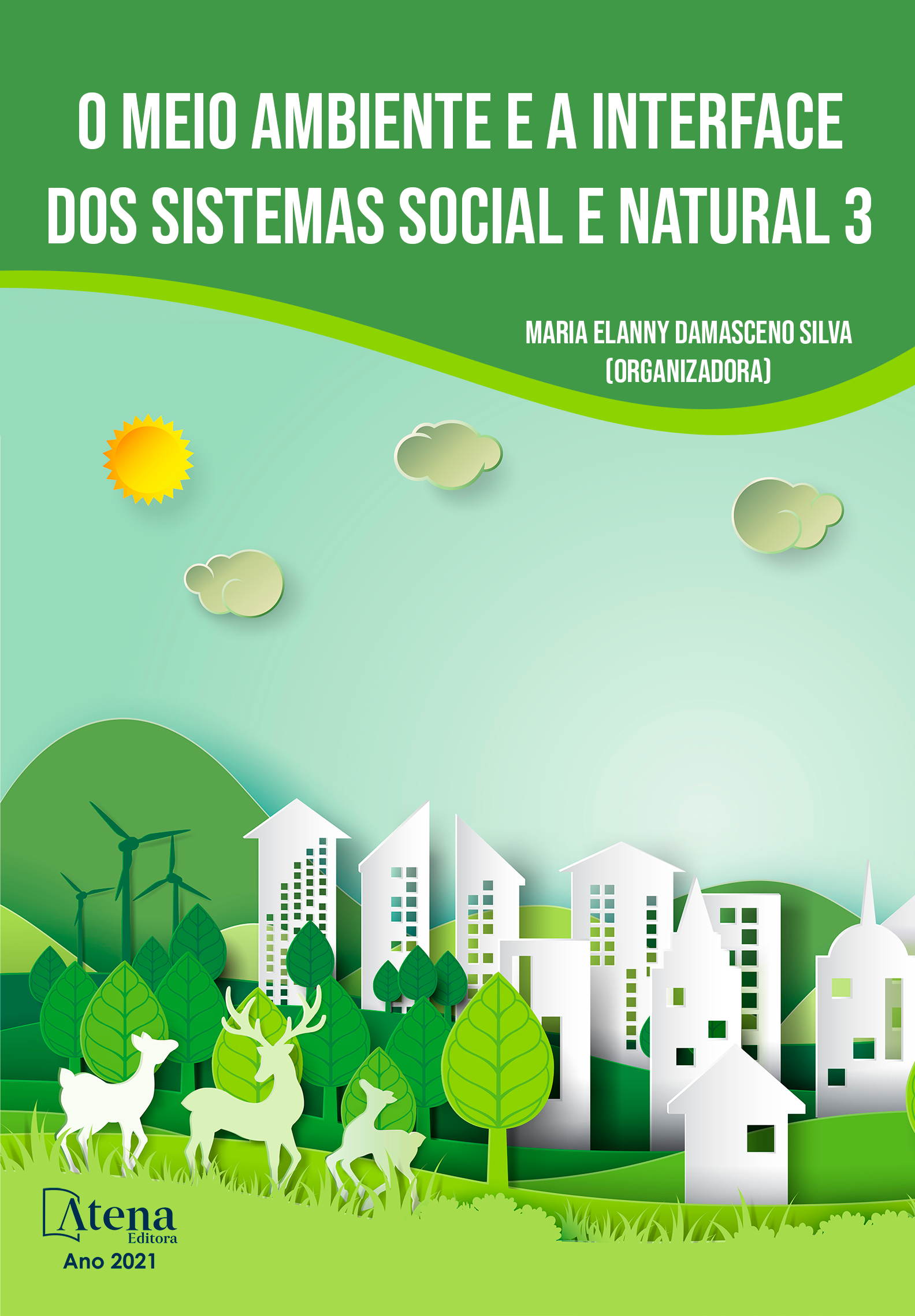
LODO DE ESTAÇÃO DE TRATAMENTO DE ÁGUA: COMPOSTAGEM E CULTIVO EM MILHO
O lodo é o principal resíduo gerado na Estação de Tratamento de Água (ETA), é oriundo do processo de potabilização da água, apresenta grande concentração de sólidos e principalmente, alumínio (Al) e ferro (Fe). Em razão disso, o mesmo não pode ser destinado nos mananciais, necessitando de alternativas ambientalmente seguras para a destinação. A presente pesquisa objetivou avaliar o potencial de reutilização do lodo de ETA agregado ao bagaço e vinhaça na formulação de um composto orgânico e verificar o crescimento de Zea mays L., para a identificação de uma dose segura sem interferir na performance das plantas. O lodo foi agregado a mistura de bagaço e vinhaça e, inoculado com Pleurotus sajor-caju, compostado por 60 dias. No início e ao final do processo (60 dias), avaliou o potencial hidrogeniônico (pH), condutividade elétrica (CE) e relação carbono e nitrogênio. O composto foi incorporado ao solo nas doses de 0; 1; 10 e 100 de composto/solo (g kg-1) e foram semeadas sementes de Z. mays (milho híbrido 2B433Hx da Dow Agrosciences). Após 21 dias, foram avaliados: porcentagem de emergência; índice de velocidade de emergência; comprimento e massa seca de raízes e parte aérea. Foram quantificados os teores de alumínio e ferro no composto e nas plantas. A compostagem realizada com P. sajor-caju ao final de 60 dias, foi eficiente na redução de 54,96% de Al e 36,47% de Fe. Na dose 100 g kg-1 de composto, promoveu o aumento do comprimento das raízes de 26,96%, entretanto, reduziu em 70% a velocidade de emergência das plântulas e 21,44% o crescimento de parte aérea. Além disso, observou o maior acúmulo de Al de Fe na parte aérea das plantas em comparação ao controle. Para o uso seguro, recomendamos a dose de 10 g.kg-1 do composto de lodo de ETA.
LODO DE ESTAÇÃO DE TRATAMENTO DE ÁGUA: COMPOSTAGEM E CULTIVO EM MILHO
-
DOI: 10.22533/at.ed.11621080121
-
Palavras-chave: Agricultura. Biodegradação. Passivo ambiental. Reciclagem. Tratamento.
-
Keywords: Agriculture. Biodegradation. Environmental liability. Recycling. Treatment.
-
Abstract:
Sludge is the main waste generated at the Water Treatment plant (WTP), it comes from the water potabilization process, has a high concentration of solids and mainly aluminum (Al) and iron (Fe). As a result, it cannot be used in water sources, requiring environmentally safe alternatives for disposal. This research aimed to evaluate the potential for reuse of WTP sludge added to bagasse and vinasse in the formulation of an organic compound and to verify the growth of Zea mays L., to identify a safe dose without interfering with the performance of the plants. The sludge was added to the mixture of bagasse and vinasse and, inoculated with Pleurotus sajor-caju, composted for 60 days. At the beginning and the end of the process (60 days), it evaluated the hydrogen potential (pH), electrical conductivity (EC) and carbon and nitrogen ratio. The compost was incorporated in soil at doses of 0; 1; 10 and 100 compost/soil (g kg-1) and seeds of Z. mays (hybrid corn 2B433Hx from Dow Agrosciences) were sown. After 21 days, were evaluated: percentage of emergence; emergency speed index; length and dry mass of roots and shoots. Al and Fe contents in the compost and plants were quantified. The composting carried out with P. sajor-caju at the end of 60 days was efficient in reducing 54,96% of Al and 36,47% of Fe. In the dose of 100 g kg-1 of compost, promoted an increase in the length of the roots of 26,96%, however, reduced the speed of seedling emergence by 70% and the growth of aerial part by 21.44%. In addition, observed the greater accumulation of Al and Fe in the aerial part of the plants compared to the control. For safe use, we recommend the dose of 10 g.kg-1 of WTP sludge compound.
-
Número de páginas: 15
- Regina Teresa Rosim Monteiro
- Gislayne de Araujo Bitencourt


